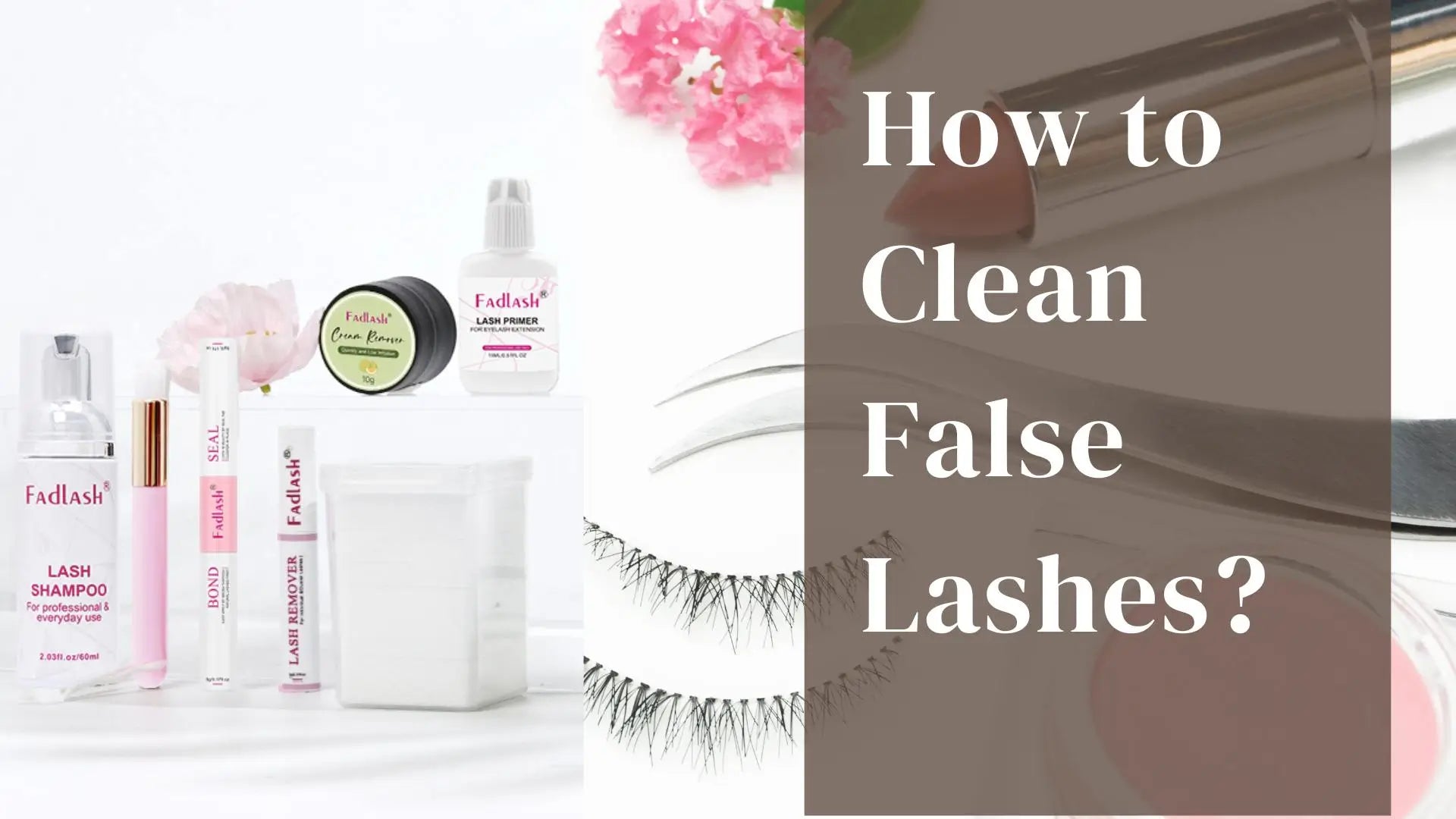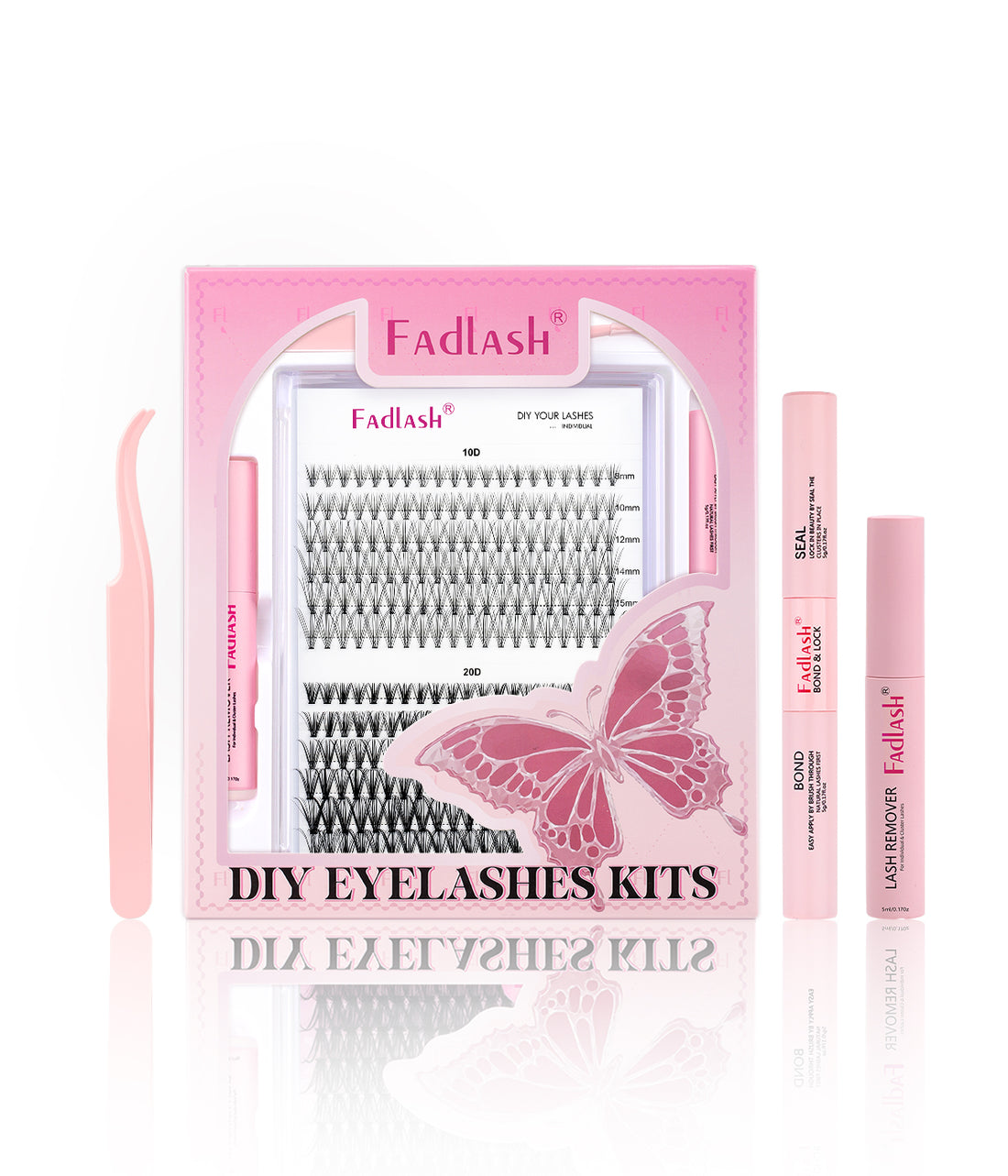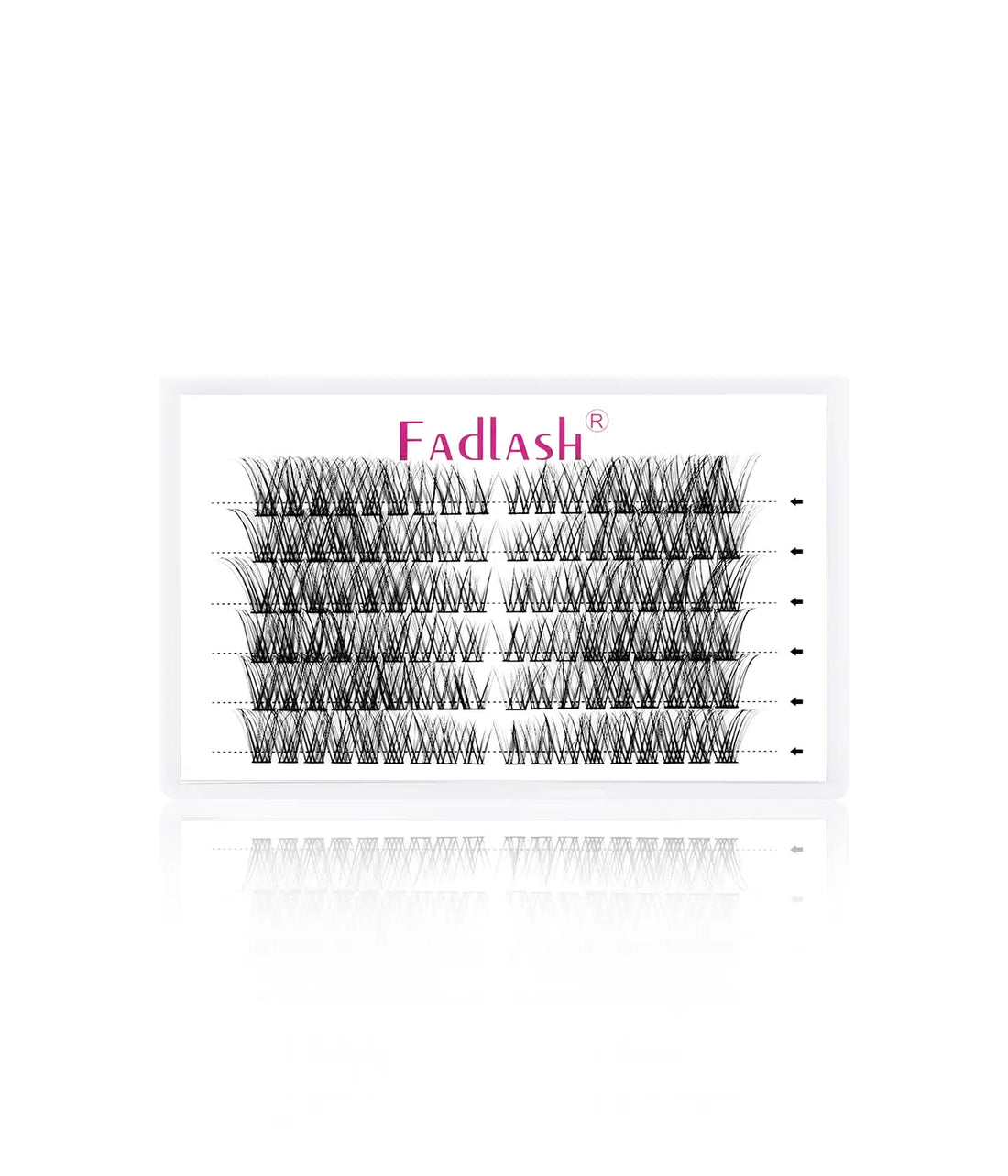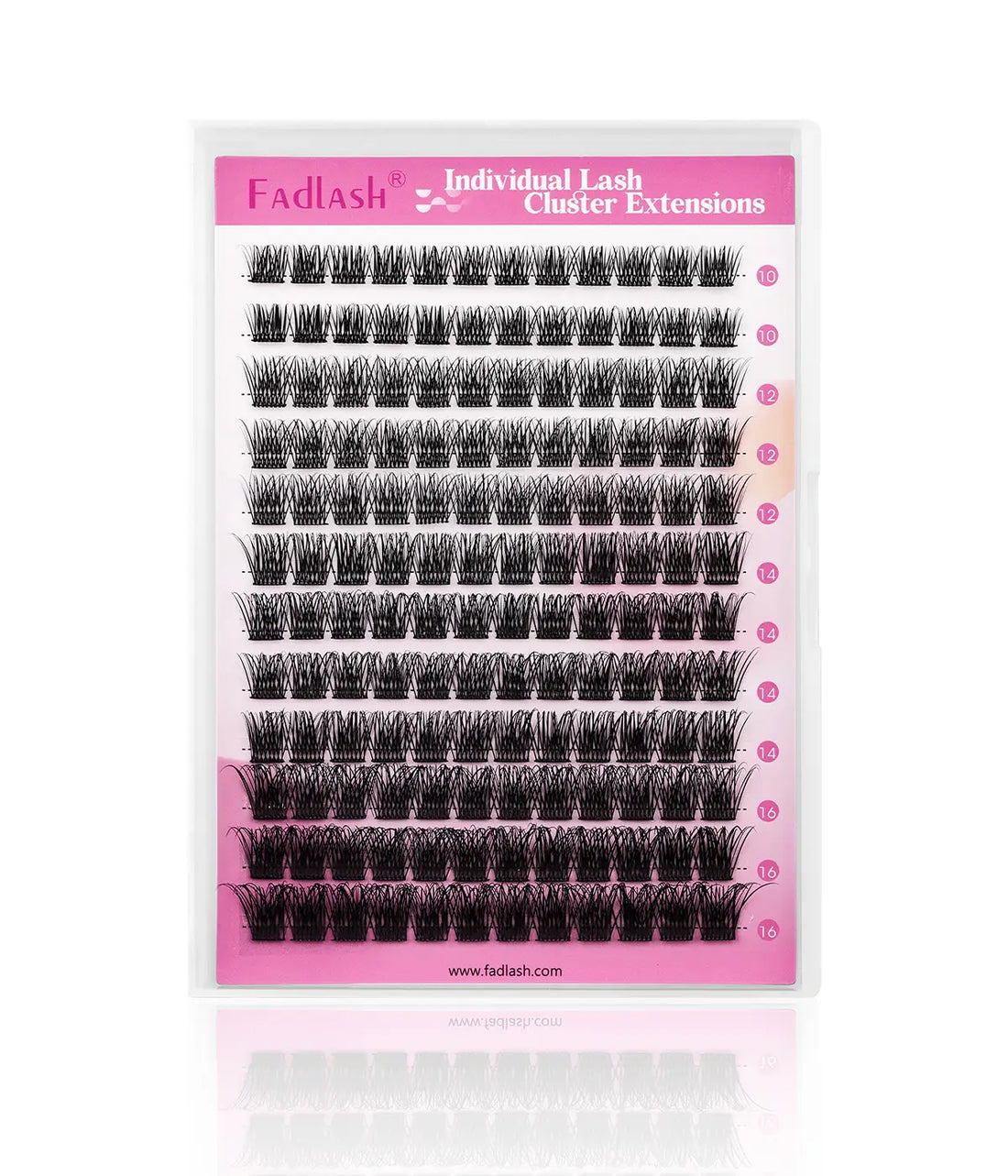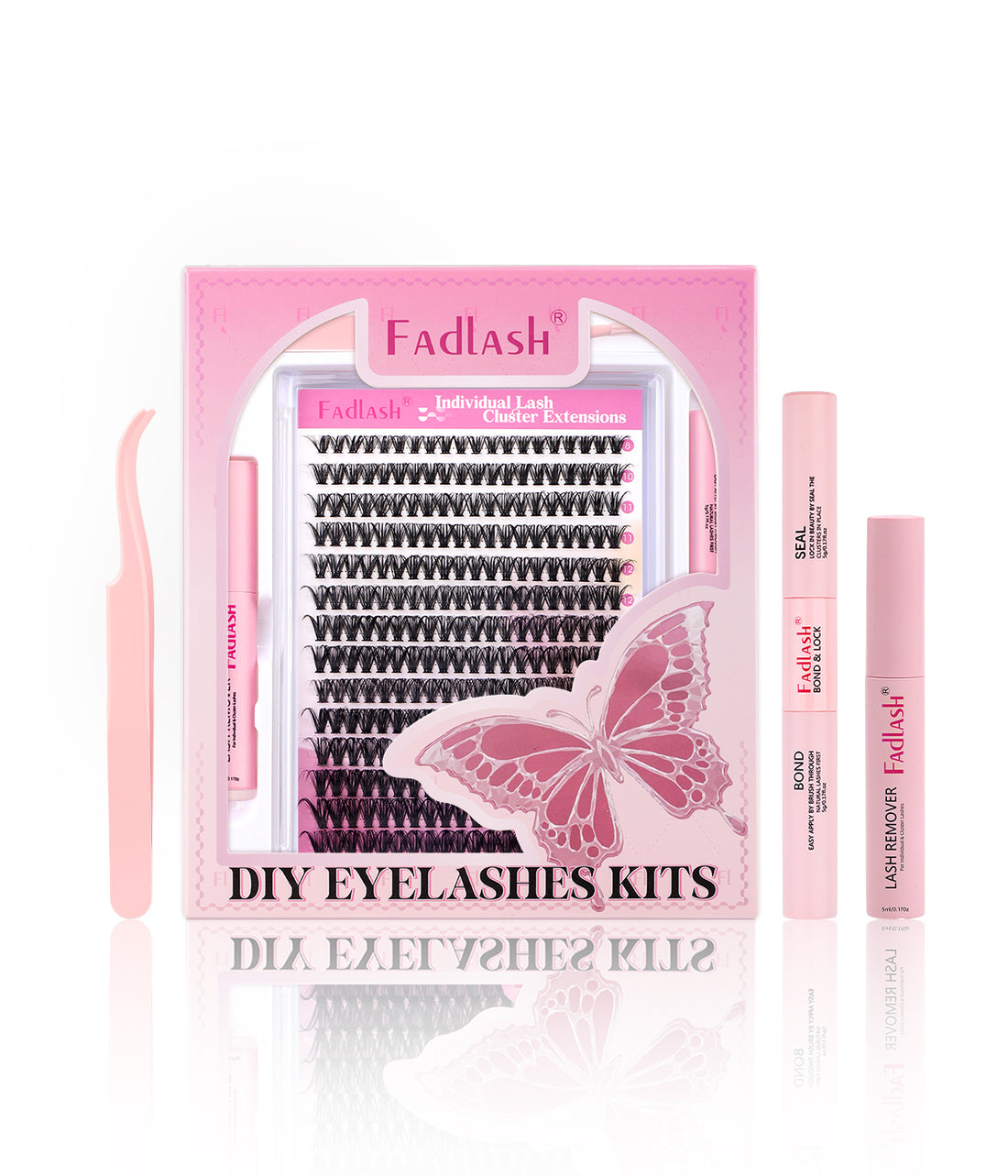Why Cleaning False Lashes Matters
False lashes are the cherry on top of any eye look—but without proper care, they become a breeding ground for bacteria and buildup. Regular cleaning ensures not only better hygiene but also longer lash life and flawless reuse.
The Dirty Truth: What Builds Up on Your Lashes
Each wear invites makeup residue, glue, oils, and dust to cling to your lashes. Over time, this gunk compromises the lash band’s flexibility and your eye health.
Synthetic vs. Mink vs. Silk: Cleaning by Material
Synthetic lashes are more durable and can withstand thorough cleaning. Mink lashes require gentle care due to their softness and natural origins. Silk lashes sit in the middle—delicate but not fragile. Know what you're working with before scrubbing away.
Tools You’ll Need Before You Begin
Gather these: tweezers, cotton swabs, a clean spoolie, oil-free micellar water or lash cleanser, paper towels, and a small dish. Keep a steady hand and gentle products ready.
Step-by-Step Guide: Cleaning Strip Lashes
1. Peel off residual glue with tweezers carefully.
2. Dip a cotton swab in micellar water and swipe along the band.
3. Brush the lashes gently with a clean spoolie.
4. Let them air dry on a paper towel, reshaping if needed.
Step-by-Step Guide: Cleaning Lash Clusters
1. Soak clusters in oil-free lash remover for a few minutes.
2. Use tweezers to lift off any softened glue.
3. Pat dry gently without pulling on the lashes.
4. Store clusters in their original tray to retain shape.
Step-by-Step Guide: Cleaning Magnetic Lashes
1. Use a cotton swab to remove eyeliner residue from magnets.
2. Avoid soaking them—moisture can weaken the magnets.
3. Use a dry spoolie to fluff the lashes back to life.
Do’s and Don’ts of Lash Cleaning
Do use oil-free removers.
Don’t rub or pull.
Do clean after every 2–3 wears.
Don’t soak in water.
Do reshape while drying.
Using Oil-Free Makeup Remover: Yay or Nay?
Yay. Oil breaks down lash glue and can degrade lash bands. An oil-free formula is gentle and lash-friendly.
How Often Should You Clean Your Lashes?
After 2–3 wears, ideally. If you’re a daily lash wearer, clean them at least once a week to maintain hygiene and lash integrity.
Signs Your False Lashes Need a Deep Clean
If they’re sticky, stiff, losing shape, or causing irritation—it’s time. When in doubt, clean them out.
How to Remove Glue Residue Without Damage
Hold the lash band with tweezers and gently peel off glue strips. Soften stubborn glue with micellar water, not force.
Cleaning Waterproof Mascara from Lashes
Avoid mascara if you plan to reuse your falsies. If it’s already there, dab with a bit of oil-free remover using a cotton bud, working delicately.
Can You Soak False Lashes? Here’s the Truth
Short answer: no. Soaking can cause lash shape distortion and loosen the bond of delicate fibers. Stick to gentle wiping instead.
Air Drying vs. Towel Drying: Best Practices
Always air dry. Towel drying can deform the lash curl and introduce lint. Let them rest naturally on a clean surface.
How to Reshape and Store Lashes After Cleaning
Once dry, wrap them gently around a clean makeup brush to revive their curve. Place back in their tray to avoid dust and deformation.
Extending the Life of Your Favorite Lash Pairs
With care, some falsies last 10–20 wears. Clean, store, and handle them like the beauty investments they are.
When to Toss Your Lashes and Start Fresh
If they’re frayed, losing fibers, or no longer hold shape, thank them and let them go. Hygiene first, always.
Lash Hygiene and Eye Health: What You Should Know
Dirty lashes can cause redness, itchiness, or infections. Clean lashes = clean eyes = confident glam.
Eco-Friendly Ways to Clean and Reuse False Lashes
Use reusable cotton pads and gentle cleansers. Proper care extends lash life, reducing beauty waste one flutter at a time.
Clean Lashes, Clear Confidence
Cleaning false lashes isn’t just maintenance—it’s self-care. Keep your glam game strong with fresh, flutter-ready falsies every time.


